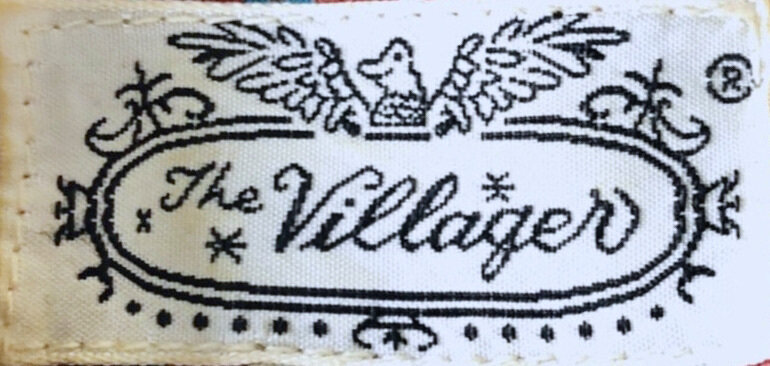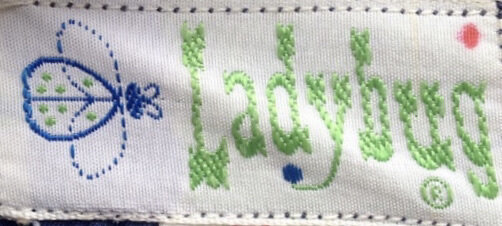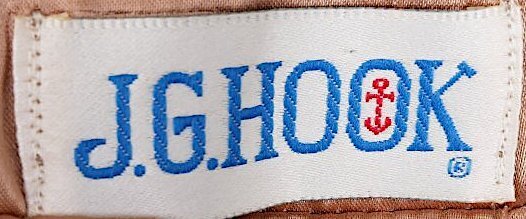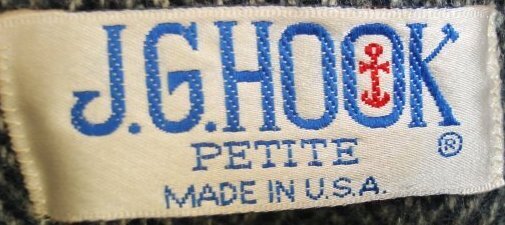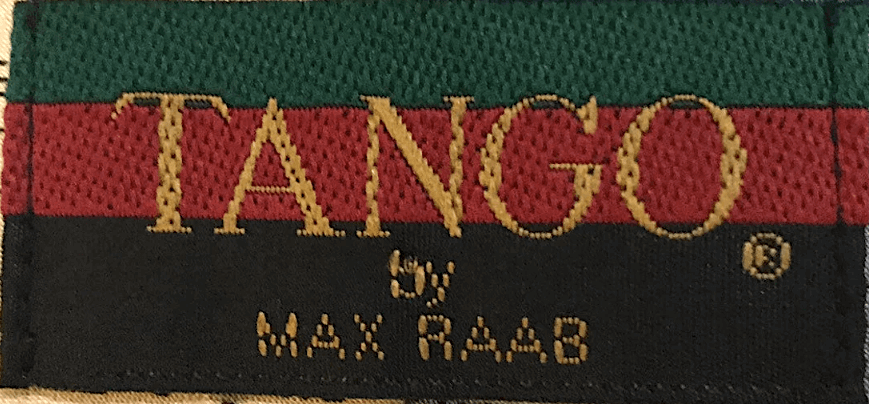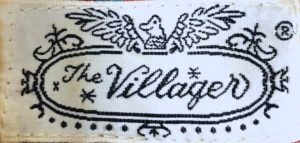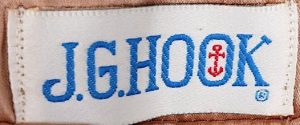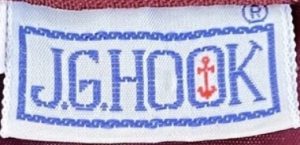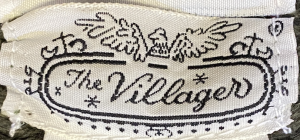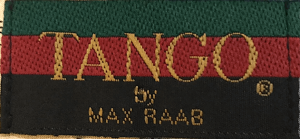Max Louis Raab (1927-2008) was born in Philadelphia to Herman and Fanny Raab, who owned a family-operated apparel company that specialized in making shirtwaists – affordable blouses worn with skirts by women of all classes for a variety of tasks and trades.
When Max returned from wartime service, he began working with his brother for the family business. Max soon realized that the postwar world was upwardly mobile and tastes and pocketbooks were allowing for a higher end product, especially for the younger teenage consumer in the growing post war suburbs.
Max defined the new suburban preppy look by taking the tailored man’s shirt and turning it into a full-skirted shirtwaist style dress for women. Their new upscale country look was perfect for the suburbs that was neither the city nor the country, and was launched in 1958 under The Villager label. Around the same time he also launched Rooster ties, which made square ended straight grain ties in great textiles.
The Villager dresses were typically made in cotton or cotton blend fabrics, the style was the ultimate WASP dress, appropriate for the office, school, home or date night. The style was also quickly picked up by Hollywood, who used shirtwaists as go-to looks for TV moms.
Produced in men’s shirting, and then prints from companies like Liberty of London, textile artist Marielle Bancou Segal was brought in in the mid ’60s to create prints in the textile studios of Kenmill, in New England. The brand was typically sold through a shop-within-a-department store locations that catered to the preppy chic customer. A younger line was created in the 60s called Lady Bug fashions that featured turtleneck sweaters, kilts, tights, slacks and simple dresses. The look grew into a collegiate look popularized by actresses like Ali McGraw, who wore The Villager clothes for the filming of “Love Story” in 1970.
1970 was also the year Raab recognized that fashion was heading a different direction and he sold all his companies to Jonathan Logan and turned his interest towards film production, bringing “Clockwork Orange” to the big-screen, among other notable films.
Max returned to the fashion industry in 1974, setting up the company J.G. Hook, which specialised in women’s sportswear, often with a nautical flair. In 1989 he opened Tango, a necktie manufacturing company. Max Raab was dubbed ‘The Dean of the Prep Look’ by Women’s Wear Daily. In 1998, Max sold off his share in the company and retired. He died at his home in Philadelphia from complications of Parkinson’s at age 81.
Written by Fashion History Museum, Cambridge, Ontario
